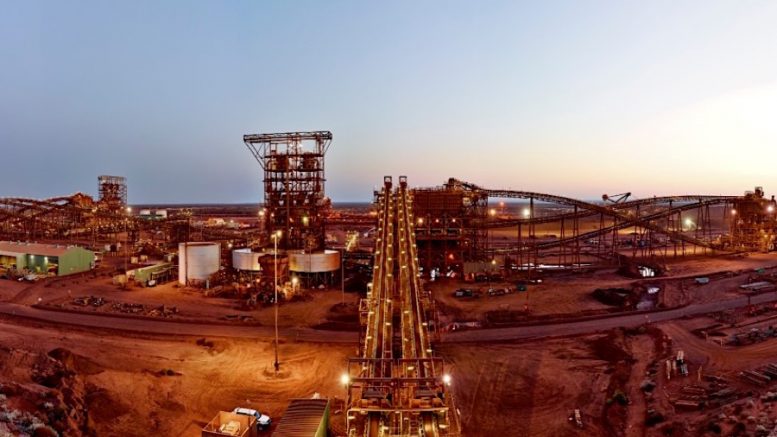Since the establishment of the spot market for iron ore in 2008 and the inclusion of coking coal prices on the Singapore Exchange in 2014, the price of 62% iron ore has never risen above coking coal, said Clyde Russell, in a column for Reuters news agency on Aug. 5.
The spot price of a tonne of iron ore and coking coal, essential materials in steelmaking, delivered on a cost and freight delivered basis to China, reached near-parity on Aug. 4, 2020, according to S&P Global Platts, a division of S&P Global that provides information on energy and commodities markets.
On Aug. 4, a tonne of 62% iron ore on the Platts Iron Ore Index (IODEX) reached US$118, up US$1.65 from the previous day’s close, while coking coal remained unchanged at US$118.50 per tonne.
The two commodities reached a 99.6% spot price parity, compared to iron ore averaging 57% of the coking coal price for the past decade, Platts reported.
The IODEX price for 62% iron ore, Platts reported, was up 26.6% from the start of the year, as stimulus packages introduced by the Chinese government helped support prices following the impact of the Covid-19 outbreak on demand for the material.
China imports most of its iron ore from low-cost mines in Australia and Brazil, the world’s top two exporters. Imports from these countries shrank due to the closure of mines and disruptions to supply chains from the impacts of the Covid-19 outbreak.
However, as demand for iron ore from other markets increased after the lifting of lockdowns, supplies were diverted elsewhere, placing upward pressure on prices.
Meanwhile, the price for hard coking coal, also known as metallurgical coal, used in steelmaking fell by 22.5% from the start of the year, Platts reported. The slump in seaborne coking coal prices was mostly due to the destruction of demand due to Covid-19, which led many steelmaking countries to enter lockdowns in the second quarter, according to Platts.
Much of the spot supply of coking coal reached China during the second quarter, sending prices downward, Platts said.
Although steel production in several countries, including India, Japan, and South Korea is recovering, China, a key spot market participant, is still struggling with limited availability, reducing its demand for coking coal.
According to Russell, world steel production totalled 148.3 million tonnes in June, a 7% drop from June 2019, while output for the first six months of the year was 873.1 million tonnes, down 6% for the same period last year.
While a possible recovery in steel output from countries outside China may drive up demand for coking coal, this would also lead to an increase in demand for seaborne iron ore, Russell said.
Consequently, the high parity in prices between iron ore and coking coal may continue for some time.


Be the first to comment on "Iron ore and coking coal prices approach parity"